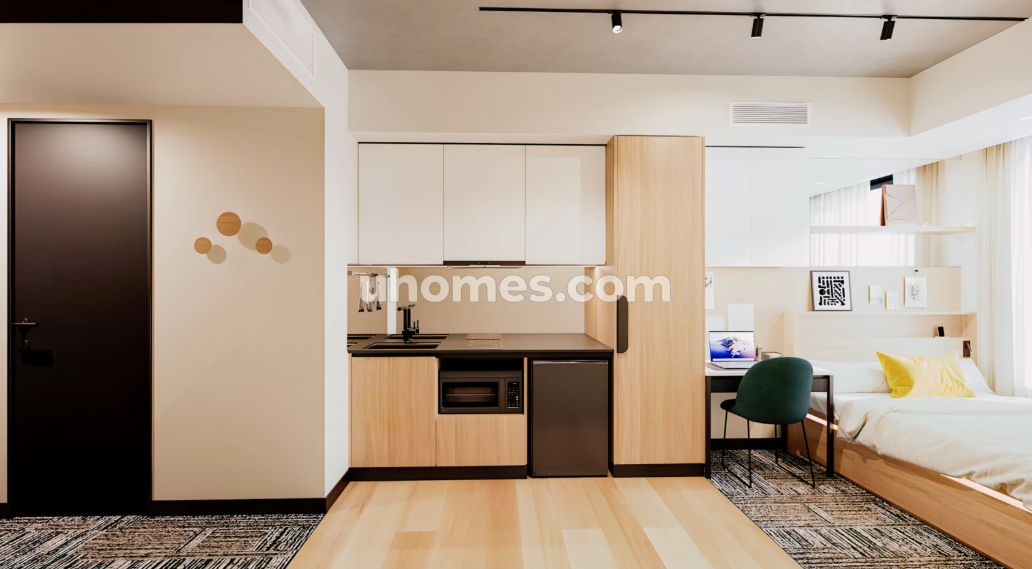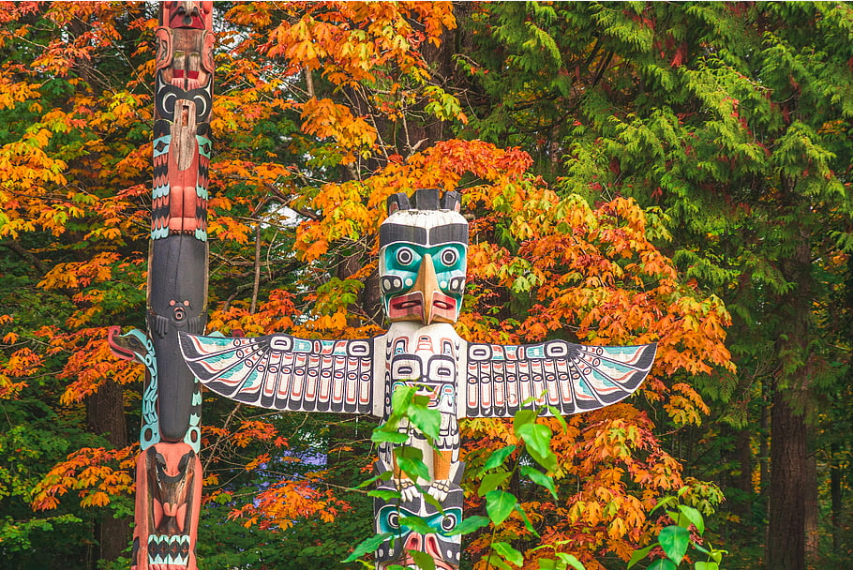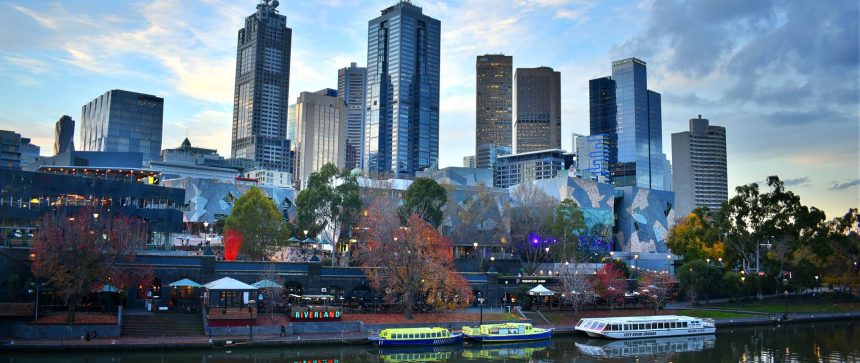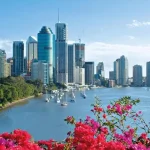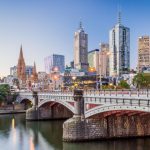If you’re probably planning a trip to Melbourne, you’re in the right place. This city is brimming with culture, history, and some of the best coffee in the world. But how do you experience it like a local? This blog will divert you from the tourist-laden routes and usher you into Melbourne’s pulsating heart. So, let’s GO.
About Melbourne
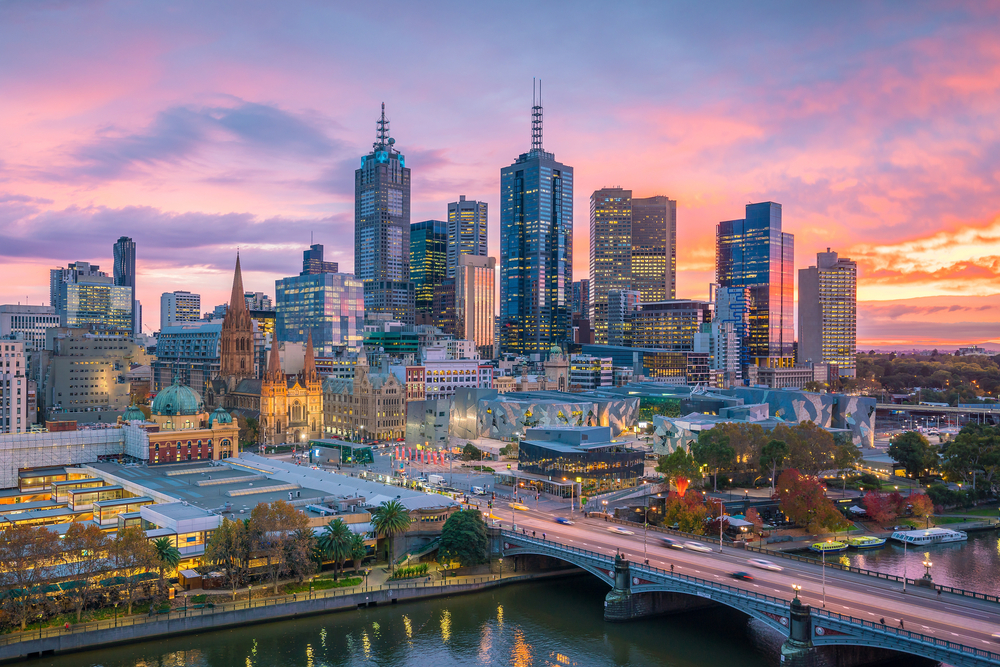
Geography and Demographics
Melbourne, the capital of Victoria, is Australia’s second most populated city, surpassed only by Sydney. The term ‘Melbourne’ usually refers to the expansive 3,858 sq mi metropolitan region of Greater Melbourne, which encompasses 31 local municipalities. The metropolis sprawls across Port Phillip Bay’s northern and eastern coastlines, extends into the Mornington Peninsula and West Gippsland, and stretches towards the Yarra Valley, Dandenong, and Macedon Ranges hinterlands.
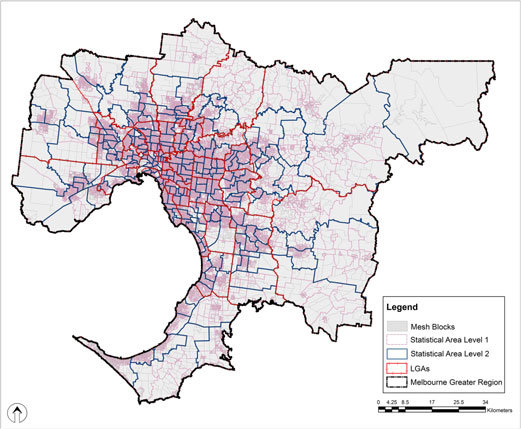
Historical Overview
Melbourne was established in 1835 by free settlers from Van Diemen’s Land (now Tasmania) and became a Crown settlement in 1837. It was named after the British Prime Minister of the time, William Lamb, 2nd Viscount Melbourne. In 1850, colonists discovered gold mines in the vicinity of Melbourne, which led to its rapid development, and many people from all over the world migrated to Melbourne, including Britain, Ireland, Germany, Italy, the Netherlands and China. The following year, Melbourne became the capital of the newly formed colony of Victoria.

Culture and Heritage
Renowned landmarks in Melbourne include the Melbourne Cricket Ground, the National Gallery of Victoria, and the World Heritage-listed Royal Exhibition Building. The city is famous for its rich cultural heritage and contributions to Australian rules football, Australian impressionism, and Australian cinema. Melbourne is also celebrated as a UNESCO City of Literature and a global hub for street art, live music, and theatre.
Best Time To Visit Melbourne
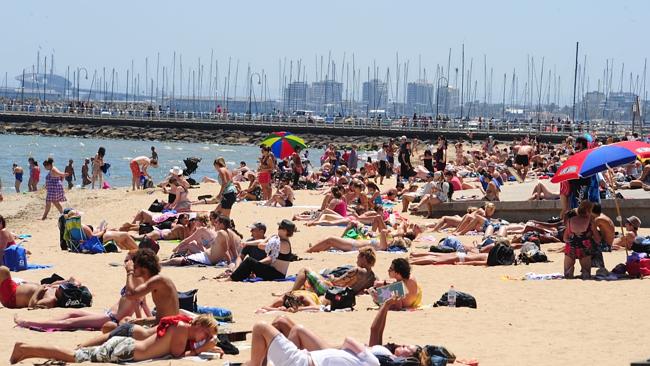
Situated in the southern hemisphere, located at the continent’s southern tip, it experiences four distinct seasons due to its relatively high latitude. Winter spans from June to August, while summer extends from December to February. The latter is also the peak travel season, often leading to increased airfares and hotel rates.
Winter in Melbourne is typically calm and rainy, though not excessively cold. Even during nighttime, temperatures seldom drop below freezing point, with daytime highs usually exceeding 10 °C. Conversely, summer is hot and dry with intense sunshine. Moreover, daytime temperatures can sometimes skyrocket to 40 °C, but a considerable diurnal temperature variation exists, with nighttime temperatures often plummeting to around 15 °C.
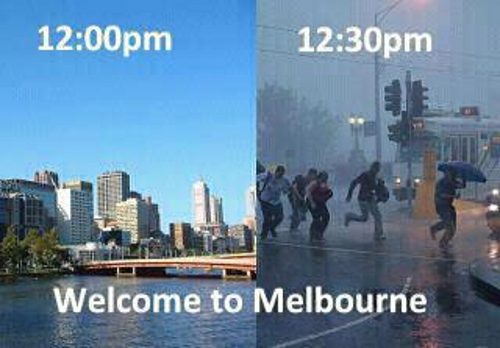
Weather Tips for Travellers
- Melbourne’s weather is unpredictable due to its geographic position sandwiched between the arid Australian continent and the chilly, wet southern ocean. The city’s climate is so varied that you can experience all four seasons in one day. It’s not unusual for a sunny day to suddenly give way to a downpour, making a weatherproof jacket a must-have item.
- Melbourne’s sun can be particularly intense on sunny days, so applying sunscreen when venturing outdoors, especially when participating in water sports, is crucial.
- It’s also important to note that regions like the southwestern coast and the eastern mountainous areas tend to have average temperatures significantly lower than Melbourne City. Even during summer, if you’re planning to watch the sunrise or sunset along the Great Ocean Road, it’s advisable to pack a thick jacket. For those susceptible to the cold, thermal clothing would be a wise addition to your suitcase.
Cost and Payment
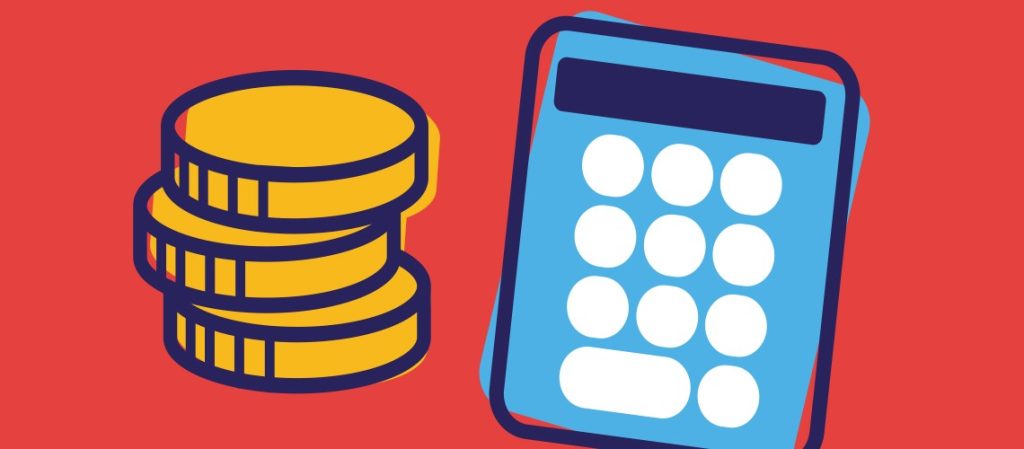
The cost of living in Melbourne is somewhat more affordable compared to Sydney but still higher than in more remote cities, placing it in the middle range. On average, a meal at a restaurant in Melbourne will set you back around AUD 17, while a budget-friendly option might cost around AUD 8. A cup of coffee typically goes for about AUD 6.
Card payments are widely accepted across Australia, making it a convenient option for everything from grocery shopping to grabbing a quick bite at a fast-food joint. Credit cards with Visa and Mastercard logos are generally accepted everywhere. However, it’s important to note that many establishments do not accept Diners Club or American Express credit cards.
Accommodations
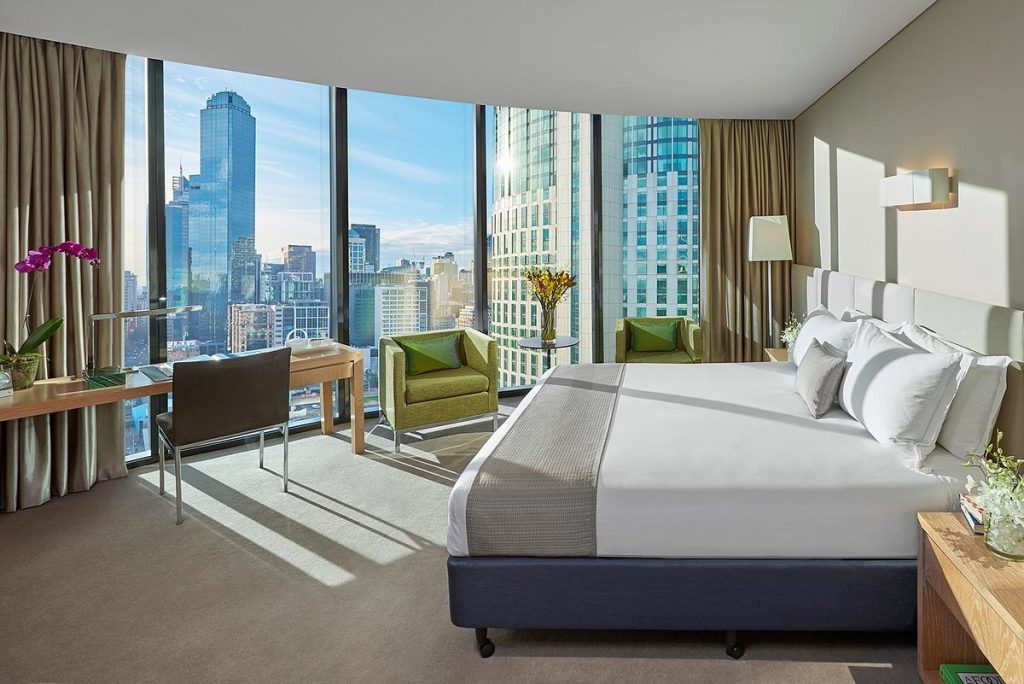
Staying in the Heart of the City
Choosing accommodation in the Central Business District (CBD) is an excellent option for those visiting Melbourne with a packed itinerary and limited time. This area offers the convenience of easy access to the city centre and a plethora of attractions.
Enjoying Beachside Living
If your stay in Melbourne is more leisurely, consider booking accommodation in the St Kilda area. Nestled along the beach, this area offers easy tram access to and from the city centre. It boasts numerous pubs, delightful dessert shops, and beach access for evening strolls. Since the coast faces west, you can also enjoy stunning ocean sunsets.
A Range of Accommodation Options
Melbourne offers a diverse array of accommodation options at varying price points. Luxury hotels like the Hilton and Crown typically start at AUD 300. However, the city’s accommodation offerings comprise three-star hotels priced between AUD 100-200. For those who enjoy socialising and meeting people from around the world, youth or backpacker hostels offer beds at approximately AUD 30.
Tips for Booking Accommodation
It’s worth noting that you can often secure better rates by booking more than a month in advance. Be aware that hotel prices may even double during peak season, especially the school holidays from December to February (Christmas and New Year).
Recommended Attractions: Melbourne Aquarium
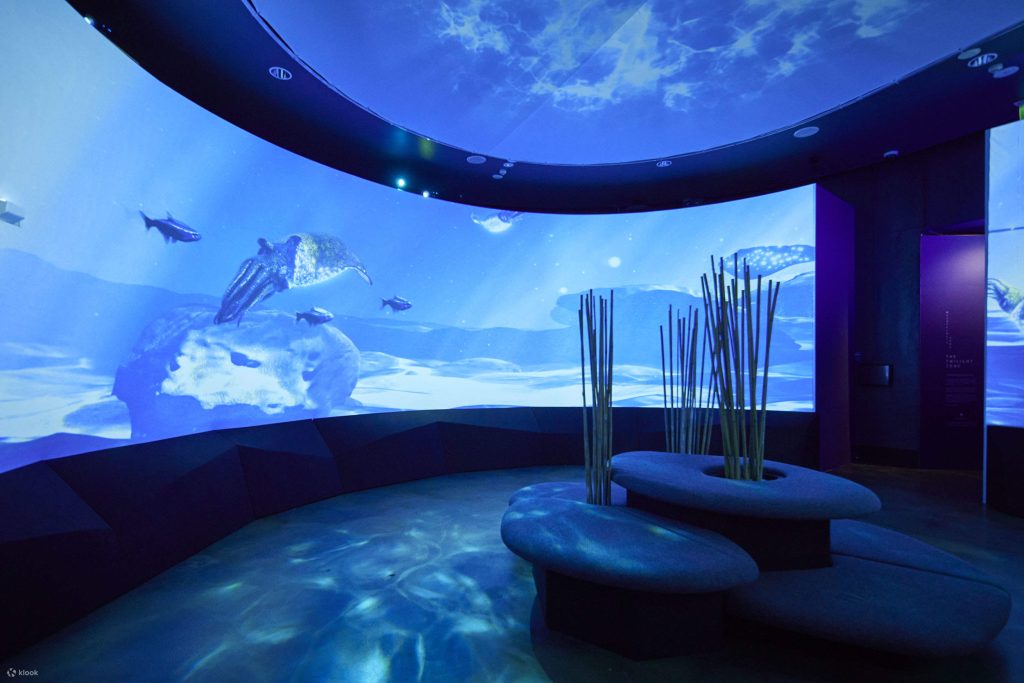
Nestled on the Yarra River’s banks, Melbourne Aquarium is a haven for over 500 species of aquatic life. The facility features extensive coral tanks and a glass tunnel that traverses beneath 2.2 million litres of seawater, offering an immersive marine experience. Its star attractions are the penguins and sharks. Visitors can get up close with emperor penguins, observe them gliding underwater through a glass partition, or witness divers hand-feeding sharks in the massive fish tanks. Certified divers can partake in Shark Dives for AUD 279, while those without diving experience can opt for a Shark Walker experience at AUD 199. The museum also offers guided tours in seven languages, ensuring language barriers won’t hinder your experience.
Recommended Attractions: Melbourne Zoo

Melbourne Zoo is not only the oldest zoo in Australia but also one of the oldest zoos in the world. At Melbourne Zoo, you can see more than 320 species of wild animals worldwide. Besides the adorable koalas, kangaroos are among Australia’s most iconic animals. Melbourne Zoo offers you the chance to get up close and personal with some of the most iconic animals in the wild. Our enthusiastic and knowledgeable keepers will take you into the kangaroo enclosure and hand you their favourite snacks so you can feed them and take photos with them.
Recommended Attractions: Melbourne Central Railway Station
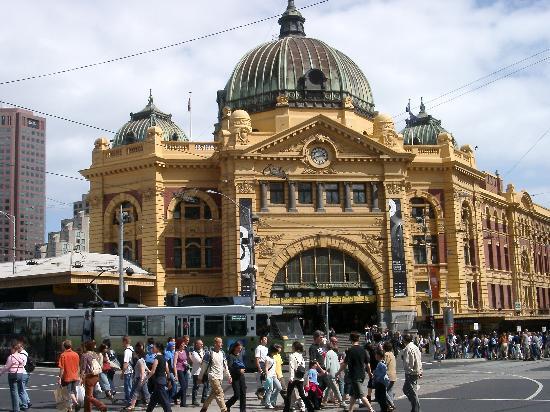
Melbourne Central Railway Station holds historical significance as Australia’s earliest railway station and serves as the endpoint for Melbourne’s local train routes. Its domed roof, reminiscent of London’s St Paul’s Cathedral, is a standout feature. Flinders Street Station is a hub of energy and excitement on the southern fringe of Melbourne’s city centre. This century-old, beige Renaissance-styled structure has become an iconic symbol of Melbourne, a must-visit for photo opportunities. Directly opposite the station stands St Paul’s Cathedral, the Anglican Church of Australia’s Diocese of Melbourne’s cathedral and a significant Melbourne landmark. Lastly, don’t miss out on visiting Brunetti, Swanston Street’s most renowned dessert shop, for a taste of Melbourne’s sweet treats.
Conclusion
And there you have it – your free guide to experiencing Melbourne like a local. Whether immersing yourself in the bustling coffee culture, soaking up the vibrant street art, or exploring the charming neighbourhoods, we hope this guide helps you discover the hidden gems that make Melbourne unique. Remember, the best travel experiences often come from stepping outside your comfort zone and embracing the local lifestyle. So, until next time, safe travels and enjoy your adventure in the magnificent city of Melbourne!

